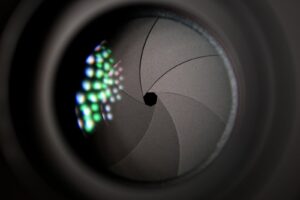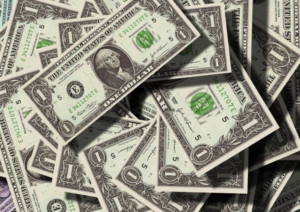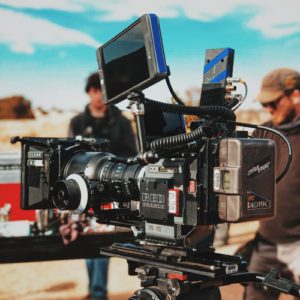‘Film noir’ is a term you’ve probably heard hundreds of times. It may conjure up detectives and femme Fatales dressed in black and white. Film noir has long been regarded as one of cinema’s most intriguing cinematic styles. But what exactly is film noir? The answer isn’t as simple as it would be, but there are several components of the style that are very obvious. So let’s get started!

Film noir is more of a style than a genre, so it is not limited to a single film genre. It’s why film noir is brutal to describe and why so many people differ about which movies are and aren’t. To this day, film experts disagree on the film noir status of renowned classics such as Notorious with Cary Grant and Ingrid Bergman, Sunset Boulevard in 1950, and Casablanca, including well-known classic movies of all time. There’s also a lot of discussion about recent favorites like Christopher Nolan’s Dark Knight trilogy.
What Exactly Is Film Noir?
In French, it translates to “black film.” It is frequently debated whether film noir is a cinematic type or genre. But what we know for sure is that there was an era in American cinema when there was a run of films with a dark, illusionistic lighting aspect, a crime-centered narrative, and a moral lesson.

Image Source: AmbientMixerBlog
Film noir is an American movie style from the 1940s and 1950s that features detective protagonists, sleazy surroundings, dim lighting, and a tragic tone. The genre developed iconic cinematic motifs and tropes that inspire filmmakers today.
One of the most prominent topics in noir films is its European influence, which deals with post-war challenges, intensely realistic worries, and criminality. They contained propaganda-like themes that were highly contentious, mainly because they were first released when there were only a few bold enough to speak out. Consider film noirs to be an exciting way to vent about social issues.
The History of Film Noir
Unlike other stylistic categories, film noir was not created by directors of the theatrical era. In truth, movies in the so-called film noir genre had been prominent for six years before the word was created by French film critic Nino Frank in 1946.
Frank used the phrase to refer to low-budget “dark picture” crime thrillers produced by Hollywood studios. While the “gangster picture” had been around since D.W. Griffith’s 1912 short The Musketeers of Pig Alley, cinema noir’s exact style and presentation were novels. Film noir arose from the success of American hard-boiled crime fiction novels, which were popular in the 1930s as low-cost, amusing paperbacks. The prominence of these books, published by authors such as Raymond Chandler, piqued Hollywood’s interest. Chandler and other crime novels did find work producing cinema screenplays in the 1940s.
Eccentric Approaches Used in Film Noir Videos
Following World War II, the board rigorously regulated the level of violence and sex in films. Filmmakers used lighting and composition to create scenes with much impact and drama. As a result, they had to break some of the most fundamental laws of filmmaking.

Rather than leveling the layout on screen, pieces are frequently positioned asymmetrically to create a visual effect through instability. As a result, both the foreground and background parts are crisp, sharp, and equally important. There is no blur or selective focus.
While traditional films strive for clarity and realism, film noir films employ reflections and unusual camera shots to create a feeling of tension and unreality. Instead of just the eye-level camera movements used in most movies, the cinematographer films objects from a very low or very high angle and may even shift the lens length to deform the scene even more.
Filmmakers use close-up shots to amplify emotionally charged scenes. These aren’t your average close-ups, though. Instead, the camera moves in close enough to dominate the screen with only the character’s face, accentuating the extreme emotion-induced facial expression. Sometimes the screen simply reveals the character’s lips or eyes.
Film Noir Cinematography on a Budget
Elements of Film Noir
Themes and styles of film noir were often pessimistic. The movies took inspiration from the plots of cheap, pulp fiction crime novels. The following features marked the gloomy atmosphere of film noir films :
- Mistrust
- Fear
- Bleakness
- Guilt
- Misery
- Cynical
- Calumniated
- Paranoia
- Sexuality
- Ominous
- Insecure
- Sense of loss
- Disillusionment
Visual styling and low-key lighting represented the feelings mentioned above. In addition, the alma mater of film noir recollected the Cold war period explaining the then-booming nuclear annihilation.
- Crime
- Violence
- Misogyny
- Greed
- Anxiety
- Struggle for survival
These features sketched the character of the anti-hero protagonist who personified the social evils with layers of immorality and injustice. However, surrounded by all these conventions, film noir hardly had happy or optimistic endings.
On the other hand, women of film noir were either:
- Archetypes- dutiful, reliable, and loving or
- Femmes fatales– creepy, fake, double-crossing, attractive, unloving, crafty, tough-sweet, untrustworthy, erratic, manipulative, and hopeless.
In a nutshell, film noir has the following features:
- Femme fatale
- Anti-hero protagonists, corrupt characters, and villains who are
- Detectives
- Cops
- Gangsters
- A lone wolf
- Sociopath
- Crook
- War veteran
- Petty criminal
- Murderer
- Politician
- Fast and brief dialogues
- Post-war disillusionment
Characteristics of Film Noir
There is no commonly accepted definition of film noir because the term originated after several film noir movies had been made. There are, nevertheless, several fundamental elements that may be found in the majority of instances of the genre.
Film Noirs Characteristics and Trops
Characters
The typical noir character is a private investigator or detective with a murky past or moral uncertainty. The femme fatale is another well-known character: a desirable, forceful lady with questionable or ambiguous loyalties. In addition, supporting characters on the moral outskirts of society, such as criminals, gamblers, fighters, and nightclub performers, are frequently featured in film noir.
Location
Most film noir films are set in New York or Los Angeles. The city is shown as having a glossy facade and a dark underbelly. Several film noir films shot in Los Angeles used on-location shooting rather than studio lot filmmaking.
Film Noir & The American Dream
Lighting
Film noir typically employs harsh lighting and effective shadows to compensate for low costs. Shots of characters shrouded by shadowing are famous, primarily when low-key lighting is used to produce suspicious shadows.
The Basics of Lighting in Film Noir
Tone of Narration
Many film noir films have pessimistic or defeatist tones, reflecting Cold War-era beliefs, with characters placed in dire situations due to reasons beyond their control. Flashbacks and voiceovers are different storytelling elements used in film noir to present the story first.
Noir Films’ Influences
We’re going to take a deeper look into the world of film noir. It’s aesthetic as American as cherry pie, meaning it was formed in America but inspired by people from other countries as well.
We’ll divide this into a few sections:
- The story’s content
- What is the look of the cinematography?
- The sound
It’s also worth noting that noir isn’t simply about detective stories. It’s a Wonderful Life, Citizen Kane, and Sunset Boulevard are all noir films. It doesn’t have to star Sam Spade or Phillip Marlowe to be considered a noir picture.
The Story (Content)
Of course, one of the most significant influences on the story is hard-boiled pulp fiction. Both pulp fiction and detective story are American inventions, inextricably linked. The detective story’s origins may be traced back to Edgar Allen Poe’s The Murders in the Rue Morgue, which established the genre as we know it today. Pulp, like Poe, was seen as substandard to other literary works of the day. It was dark, brutal, and emotionally draining. Also, the writers couldn’t care less what the critics were saying. They needed to eat.

Pulp emerged from the Gilded Age’s Penny Dreadfuls and Dime novels. Argosy Magazine, regarded as the first of the Pulps, was created in the 1880s. These stories were churned out quickly, written on affordable pulp-wood paper, and freelance authors earned a cent per word, keeping the genre alive. They were created at incredible speeds and intended to be consumed similarly.
Pulp Fiction (and Film Noir) aren’t all about private investigators in fedoras smoking Lucky Strikes. Initially, periodicals such as Argosy offered stories for all tastes. Issues include a science fiction narrative, flying tales, suspense stories, and Western escapades.
These periodicals quickly concentrated on one area, with publications such as Black Mask printing mystery fiction and Weird Tales dominating fantasy and sci-fi.
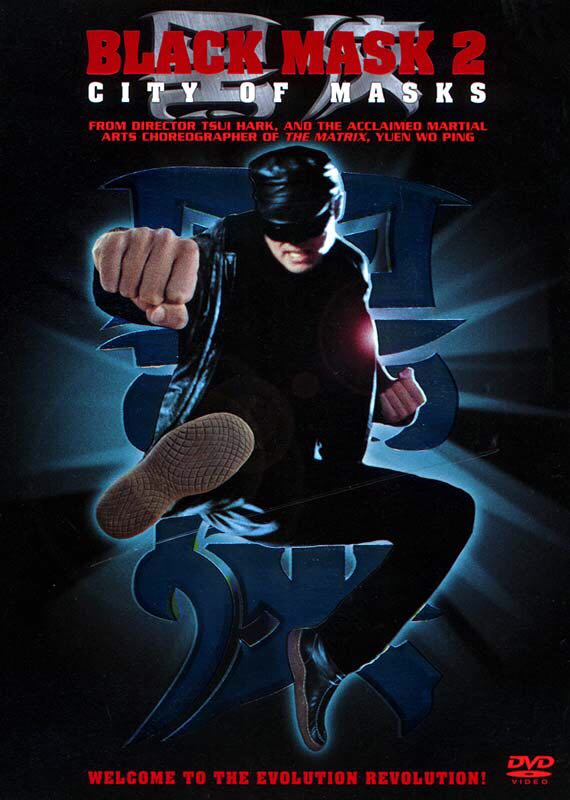
Carroll John Daly, Paul Cain, Erle Stanley Gardner, and the legendary Raymond Chandler were all introduced in Black Mask. These tales influenced and were turned into some of the greatest Movie Noir films a few decades later. In addition, some write screenplays of the Pulp Fiction writers.
Gangster films from the 1930s, such as Little Caesar (1931), The Public Enemy (1931), and Scarface (1932), laid the way for Film Noir and anything else featuring a morally bankrupt protagonist after that (The Sopranos, Peaky Blinders, The Godfather et al. Mob flicks).
The Look
Various things influence the Noir aesthetic, the most important being money. The majority of these films were made on a shoestring budget, and the filmmakers had to make do with what they had. While significant studios were building gigantic sets and bringing buffalo to Catalina Island, the smaller companies on Poverty Row had less-known actors and lower set dressing expenditures. That meant illuminating a dark place with light or simply filming on-site and making do with what you had.
German Expressionism
Some German filmmakers continued to make their own Film Noir films, with Fritz Lang’s M (1931) being the most well-known. Fritz’s work on Metropolis (1927) and Nosferatu (1922) impacted many Directors of Photography who later worked on Noir films. For example, look at this image from The Cabinet of Dr. Caligari; it’s insane. This has had a significant influence not only on Noir but also on Tim Burton. There’s a reason Christopher Walken’s character in Batman Returns is named Max Schreck, after the actor who played Count Orlok in Nosferatu.
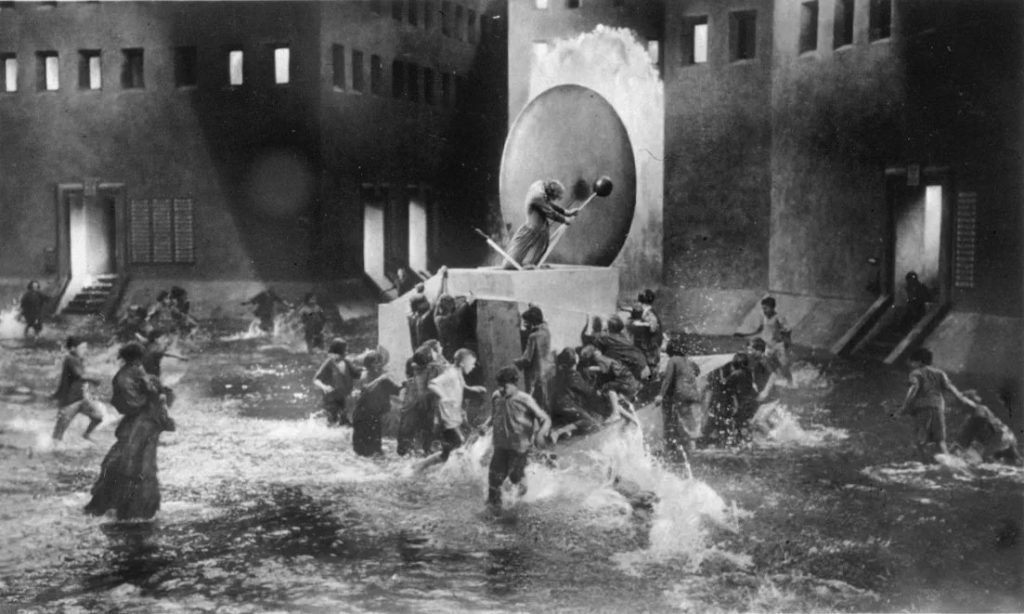
Weegee
From the 1930s until the 1960s, the renowned Weegee (Arthur Fellig) was a cold case photographer, taking images at night and racing the cops to murder scenes. His shot was outrageous; he reminded me of a crime scene photographer like James Ellroy.
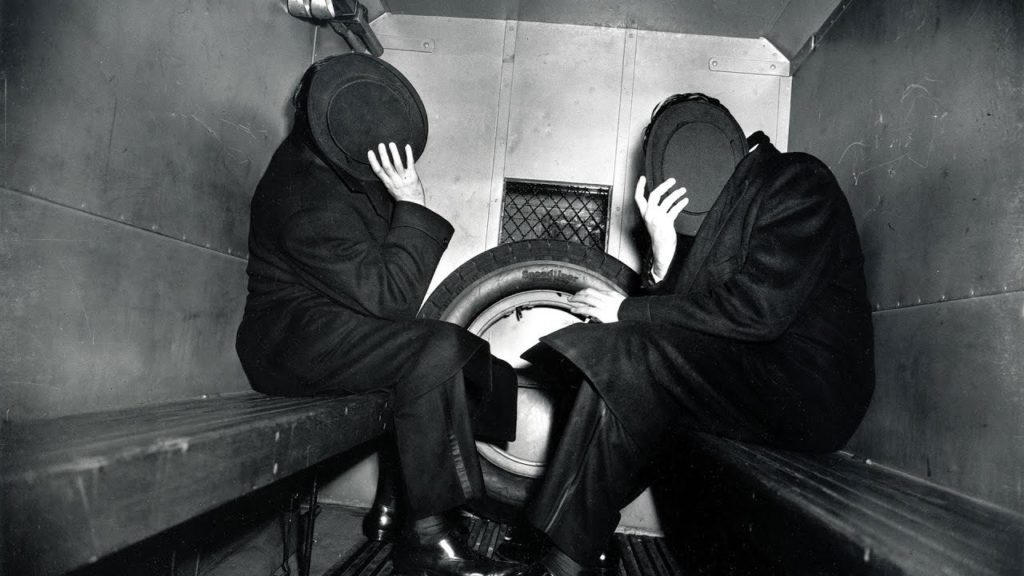
The Sound
If Film Noir had a soundscape, Jazz would account for 80 percent of the songs. Jazz, another American innovation, is the essence of the 1920s, the Jazz Age, and it serves as the backdrop for numerous noir films.
Jazz Noir • 1 Hour Jazz Noir Saxophone Music • Jazz Noir Music Playlist
But it’s not just the music that makes a difference when it comes to sound; it’s also the voices of the street. The music emanating from nightclubs is one thing, but the sirens are quite another. Most significantly, it is the cadence with which people speak. It’s that frequently “Me’yeah copper, what you lookin’ at?” but it’s also the Brooklynese captured in Damon Runyon’s works.
How to Create a Film Noir Effect in Your Videos?
If you want to add the film noir style to your films, you must first set up pre-production and then personalize post-production with a video editor.
Construct a storyboard to build up the rhythm of the video because graphics must be compelling. Then, make a film scene list to break that down further, paying much attention to lights, character positioning, composition, and other factors.
To generate harsh and distinct shadows, utilize small, powerful lights when assembling the lighting for a film noir impression. There should be no smooth transition from dark to light. Instead, remove the gray regions, and emphasize the difference between black and white.
How To Get Black and White Style
Best Film Noir Movies
Notably, numerous Hollywood films from the 1940s and 1950s, especially classics like Citizen Kane and Casablanca, share stylistic and narrative similarities with film noir. However, scholars and critics often classify them as non-noir. The films in this list are among the most well-known in the film noir category.
The Maltese Falcon (1941)
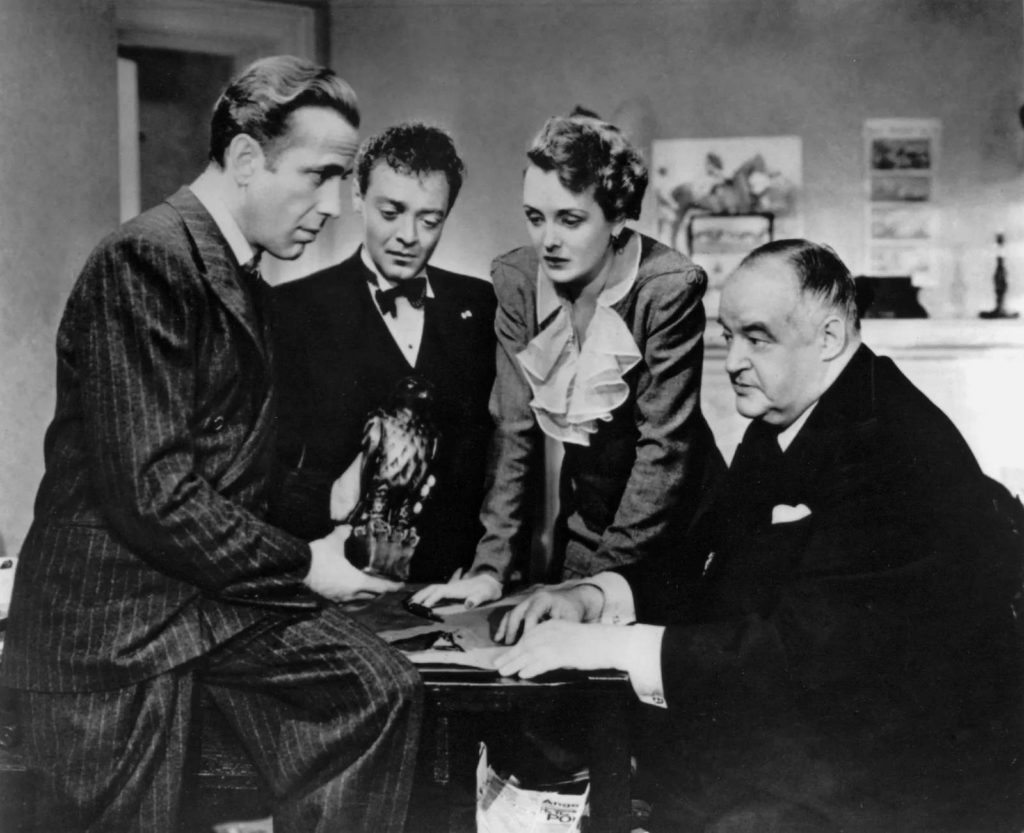
Even though two other adaptations of Dashiell Hammett’s detective novel The Maltese Falcon had been filmed before this one, John Huston’s 1941 version remains a cinema noir masterpiece. Humphrey Bogart plays private investigator Sam Spade, entangled in a complex investigation involving a crime and a bird statue sought after by several unscrupulous characters. The plot of The Maltese Falcon created a template for scores of subsequent films.
Maltese Falcon (1941) Official Trailer – Humphrey Bogart Movie
Kiss Me Deadly (Robert Aldrich, 1955)

The film effectively killed off the traditional knight rogue private eye for good. Instead, Aldrich’s interpretation of Mickey Spillane’s Mike Hammer as a rage-fueled amoral misanthrope razing his way through a plot of Cold War dread in the nuclear age scarcely pauses for air or lets go of the audience until the genuinely apocalyptic ending.
The Big Heat (Fritz Lang, 1953)

The horrifying scene in which cruel gangster Lee Marvin throws hot coffee over his moll, Gloria Grahame, was memorable both then and now. Glenn Ford, a good cop, then joins forces with the deformed moll to put the guilty ones, cops and gangsters alike, to justice for his wife’s death. A key example of Lang’s unyielding and merciless auteur approach.
The Big Heat (1953) – Trailer – Fritz Lang
Night and the City (Jules Dassin, 1950)
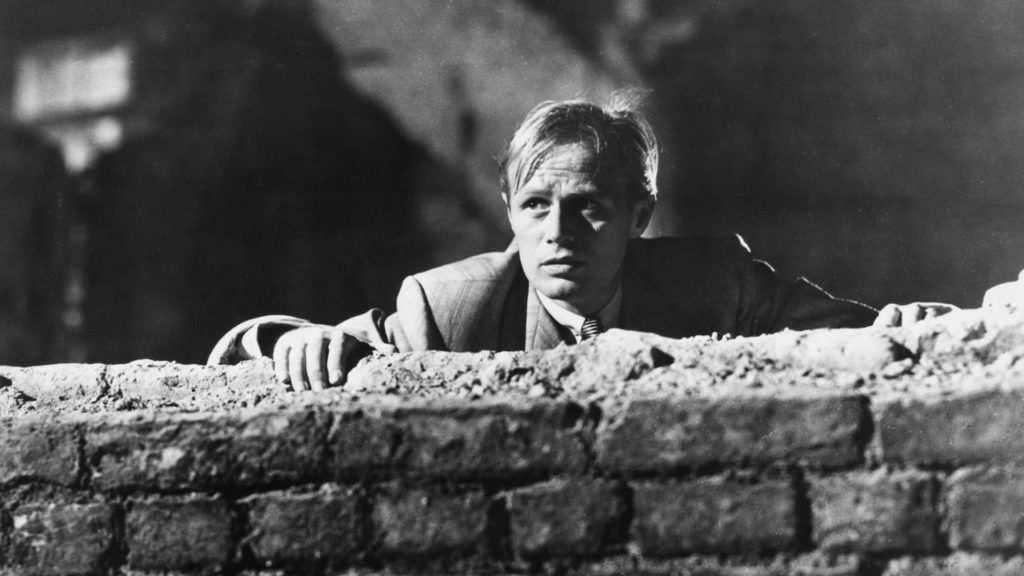
Dassin traveled to London after being blacklisted by Hollywood for this piercing story of spiv Harry Fabian (Richard Widmark). Despite his lofty intentions, the latter always seems to be behind the eight ball. Widmark is fantastic as the doomed protagonist who constantly runs from somebody as his life spirals out of hand.
NIGHT AND THE CITY, Jules Dassin, 1950
Classic Film Noir – Top 40 Highest Rated
The Film Noir Legacy
Because the noir cinema style is closely associated with a specific era, the genre is thought to have officially ceased in the 1950s. However, dozens of movies have since incorporated characteristics of cinema noir. Blade Runner (1982), L.A. Confidential (1997), The Big Lebowski (1998), Sin City (2005), and Blade Runner 2049 are current films that have been influenced by film noir. These films are frequently referred to as “neo-noir ” since they replicate essential characteristics of the film noir style.
Videos
The Art of Shadows – A Short Film Noir Documentary
Film Noir Portrait Shoot: Take and Make Great Photography with Gavin Hoey


